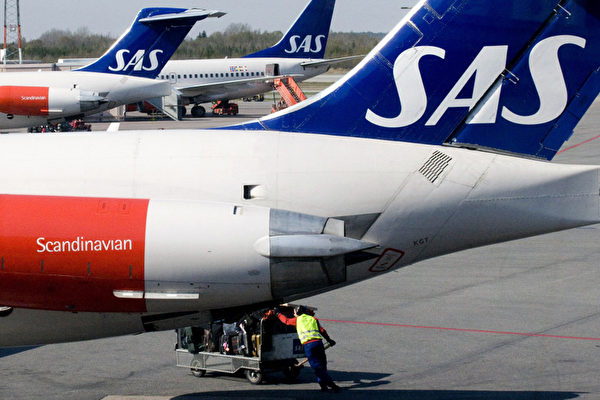Amid escalating tensions between the Chinese authorities and the Western world, an increasing number of airlines are withdrawing from the Chinese market. On Wednesday, October 9th, Scandinavian Airlines (SAS) announced the suspension of its flights from Copenhagen to Shanghai.
In a statement, the airline said, “Based on the current market conditions, we have made the difficult decision to temporarily suspend the flight service to Shanghai.”
According to SAS’s website, the last flight on this route will depart on November 7th.
As reported by Bloomberg, SAS’s withdrawal now leaves Finnair as the only airline in the Nordic countries with direct flights to China.
After the COVID-19 pandemic, the Chinese aviation market has been one of the slowest to recover, with travel not expected to fully restart until 2023. International flight demand remains significantly lower than in 2019. Industry experts point out that the closure of Russian airspace has been a key hindrance to resuming operations on these routes for many airlines.
Since the outbreak of the Russia-Ukraine war in 2022, European airlines have been forced to fly around Russian airspace, leading to increased costs. This has significantly reduced the appeal of flights from Europe to China for European airlines. Chinese airlines, on the other hand, can operate more directly over Russian airspace, giving them a competitive advantage in terms of cost and flight duration.
In August, British Airways announced the “temporary suspension” of its direct flights between London and Beijing starting from late October. Virgin Atlantic also announced the suspension of its last remaining route connecting London and Shanghai from October 26. Lufthansa has also stopped its flights from Frankfurt to Beijing for this winter.
According to Bloomberg, flight reductions to China are not limited to Europe. In Southeast Asia, three major airlines in the Philippines have cut back or completely withdrawn flights to China. Flights between the United States and China are also still only at about a quarter of pre-pandemic levels.

